X-ray Scattering
X-ray scattering measures the patterns, intensities, and angles of scatter produced when a sample is illuminated by an x-ray beam. X-ray scattering is advantageous as it is a non-destructive technique, typically used alongside x-ray microscopy and x-ray spectroscopy. Information on shape, dispersity, sample size, porosity, morphology, and orientation are some of the few things that can be measured via x-ray scattering.
X-ray scattering can be elastic, or inelastic. There are different x-ray scattering techniques, the most common being x-ray diffraction/crystallography. This technique relies on the crystalline structure of a sample, and typically needs very high energy hard x-rays to obtain atomic level information.
Other techniques include small-angle x-ray scattering (SAXS) and wide-angle x-ray scattering (WAXS). X-rays can be elastically scattered at a range of different angles dependent on the sample. In this way, the angle of the scattered x-rays can give information on the physical properties of a sample. SAXS provides nanoscale resolution, whereas WAXS provides atomic resolution. Both techniques can be done simultaneously by increasing or decreasing the space between the detector and sample.
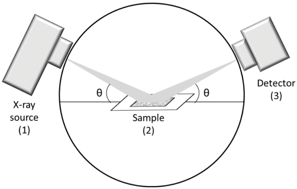
Direct X-ray Detection

PI-MTE3
The PI-MTE3 is a fully in-vacuum CCD camera, with the ability for the cooling and electrical cables to also be within the vacuum chamber. This provides exceptional reliability and flexibility for camera placement within a vacuum chamber, ideal for SAXS/WAXS experiments.
The sensor within the PI-MTE3 is positioned at the base of the camera, allowing for direct detection of ultra-low incident angles, optimal for x-ray diffraction. The PI-MTE3 is also buttable, offering the advantage of a larger sensor area while providing space for the removal of any primary beam.
The PI-MTE has high sensitivity, as well as being liquid cooled for low dark current over long integration times. With 7-10x higher resolution than previous PI-MTE generations, the PI-MTE3 achieves 3 full fps at 2k x 2k resolution for faster readout times.
SOPHIA-XO
With excellent >95% QE over the energy range 5 eV – 30 keV, and large sensor formats, the SOPHIA-XO is optimal for direct x-ray scattering detection within this range.
X-ray scattering is sample dependent, so requires flexibility within experimental set-up between samples. The SOPHIA-XO has the ability to reach high frame rates with multiple port readouts, ideal for frequent experimental changes.
The SOPHIA-XO offers low read noise for high resolution x-ray scattering studies, allowing for any scattered pattern to be accurately measured.
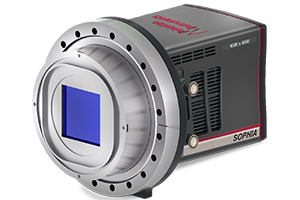
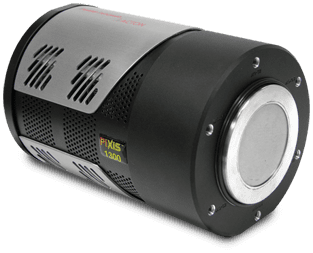
PIXIS-XB
Some x-ray diffraction patterns are faint and require direct detection. The PIXIS-XB is the ideal camera for low-flux applications, with sensitivity over the energy range 3-20 keV.
Deep, thermoelectric cooling, created using a thin beryllium window to vacuum-seal the unit, protects the CCD and reduces background interference.
Indirect X-ray Detection
COSMOS
COSMOS is a large format CMOS camera, with sensor sizes ranging from 3k x 3k to 8k x 8k in resolution. COSMOS offers superior sensitivity, < 0.7 e- read noise, and fast frame rates ideal for the indirect detection of x-ray scatter.
With both a wide dynamic range, and unsurpassed linearity, COSMOS is able to provide exceptional quantitative precision across all measurements, even for faint signals. Deep cooling of COSMOS reduces the thermal dark current noise generated, further minimizing any noise artifacts.
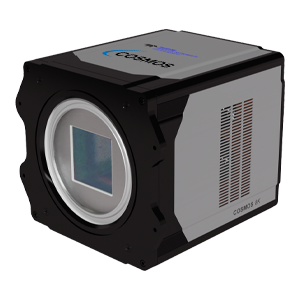
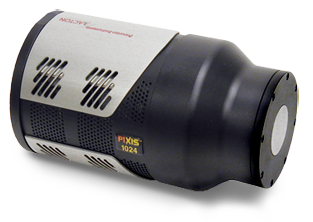
PIXIS XF
The PIXIS XF has an inbuilt phosphor screen, allowing for the detection of indirect x-rays. It comes with either a front- or back-illuminated CCD sensor options, covering x-rays in the energy range < 3 keV to > 20 keV.
With a unique mechanical design, the PIXIS XF offers outstanding flexibility, optimizing performance for x-ray scattering.
